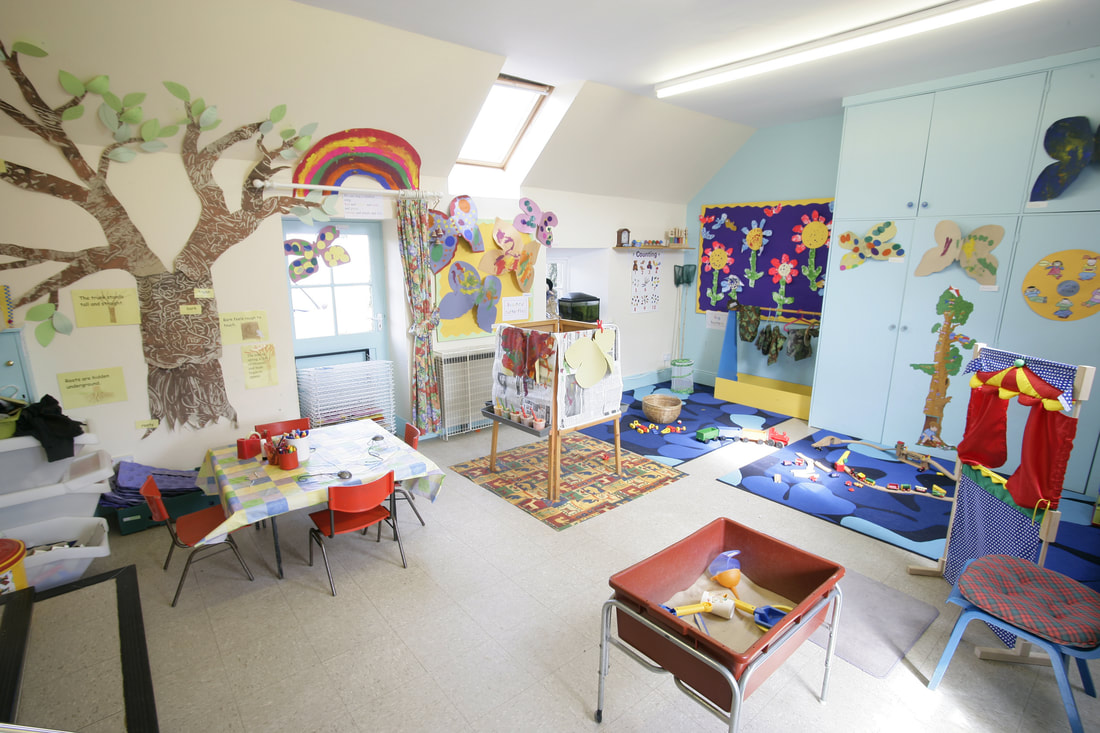Preventing Injuries in Child Care |
Page 3 |
Injuries are the leading cause of death and disability for young children. Young children are at higher risk of injuries overall, and certain injuries are more probable at different ages. Toddlers are most susceptible to poisoning, preschoolers to drowning, and school-aged children to pedestrian accidents. Children are more likely to be injured when they are not under appropriate adult supervision.
Dangers can be found everywhere in an early childhood program. Electrical outlets, cleaning supplies, woodworking tools, outdoor climbing equipment, and cooking tools can all cause injuries. Educators must closely watch for and remove these dangers. Failure to do so may result in accidents. Most of these accidents can be avoided.
Injuries occur as a result of unsafe conditions in the environment, participation in activities which are not developmentally appropriate, and/or a lack of adult supervision. Age and sex of children, size of the facility, adult-to-child ratio, specific program offerings (e.g., swimming, field trips), playground equipment, supervision, and enforcement of policies and regulations are some of the factors that may influence the risk of injury in the early childhood program.
|
Studies show that:
Injury rates are low for infants and increase with the age of the child. Injuries are most frequent among two- to five-year-olds. The difference for boys and girls in preschool is small. At age five, the number of injuries increases among boys, as they are more often involved in more active physical play. |
The following factors contribute to injuries and may be divided between child-related factors and environment-related factors:
- Falls are the leading cause of serious injuries. The playground is the major site of injury in the early childhood program and accounts for 50 to 60 percent of all child care injuries. Sometimes furniture, stairs or windows are also involved.
- Another child is involved (fighting, pushing, colliding, throwing, biting, etc.). The child collides with objects such as moving playground equipment, furniture, part of the building, plants, toys, a fence or gate, etc.
- The child is cut by a sharp edge, burned by a hot surface, hot tap water or heater, or poisoned by toxic materials.
- Injuries related to transportation and cars.





